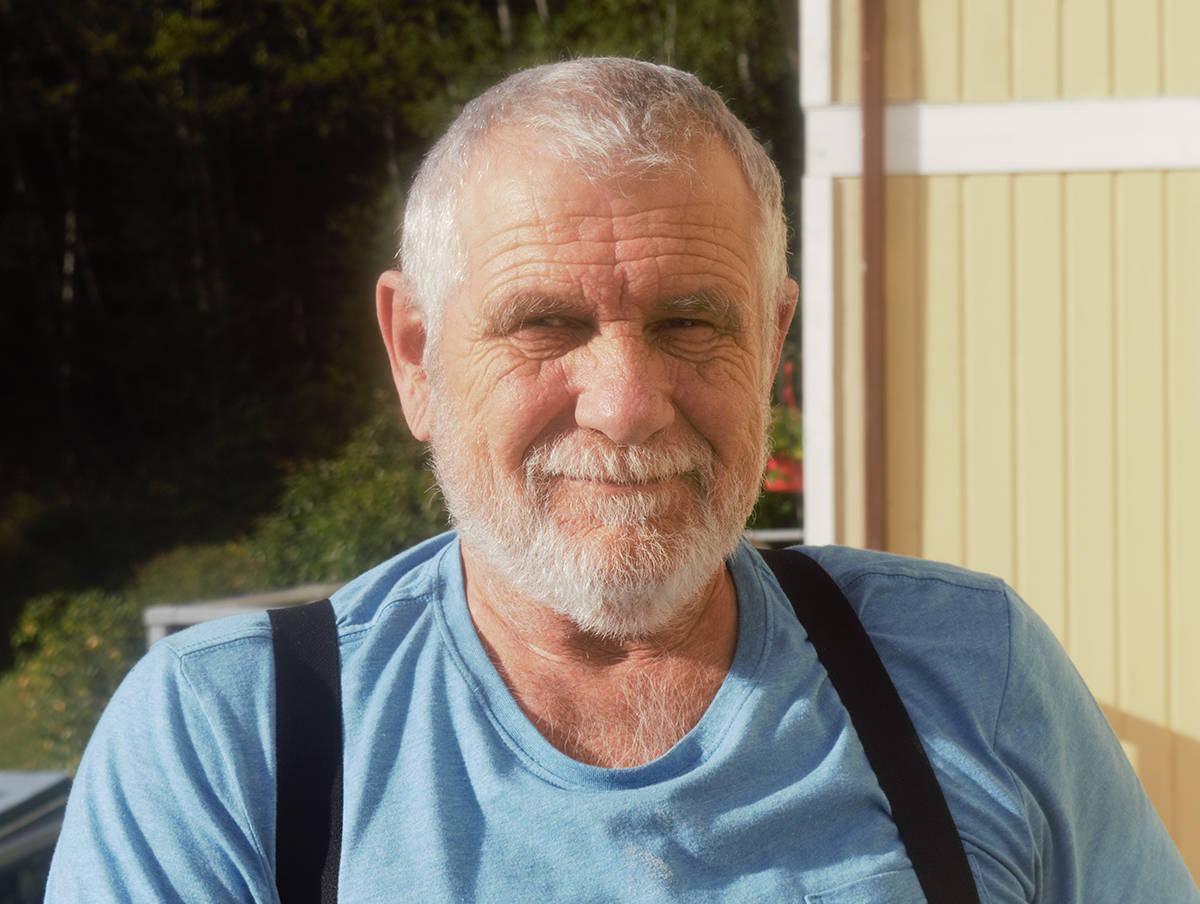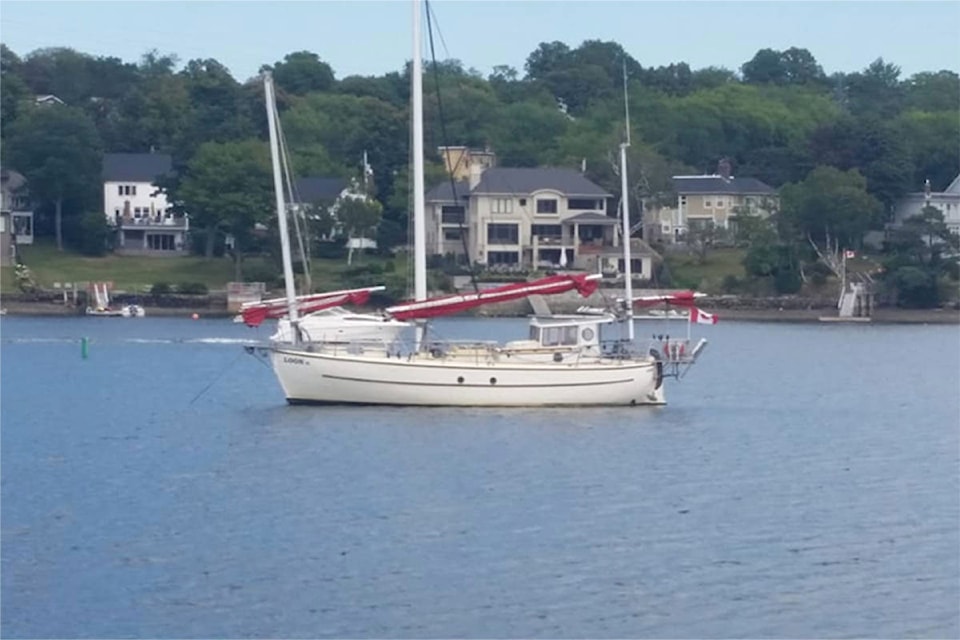Port Alice resident Bob Leask has just returned to the west coast after riding out hurricane Dorian in his 37-foot yacht.
Leask’s boat, the Loon II, a double ender with a red Chinese junk rig, is a wooden boat that he built himself from scratch. He has been storing it in Nova Scotia in the last couple of years after returning from an around the world voyage that he embarked upon in the late nineties.
Leaving the west coast, he made many stops across the Pacific, including the Marquesas, Tahiti, Fiji and Tonga. Between 1999 and 2003, he spent time in Australia, with a year-long side trip to Malaysia and Singapore. When he left Australia, he was caught up in a powerful cyclone on the Indian Ocean, which, he believes, is amazing that he survived. On his way back home, he saw St. Helena Island of Napoleon fame, then islands off Brazil, Trinidad and Grenada, to name a few, and then spent time living and working in South Africa.
Leask eventually landed in Toronto, where his boat was stored for 9 years while he worked in the boat building industry. After getting his welding ticket, he went to work in Ft. McMurray before retiring and then moving to Port Alice in 2017.
Leask now spends his summers on the east coast, reuniting with his boat to fix and maintain it and to sail around the Maritimes. He plans to bring the Loon II to the west coast some day on a wide-load truck. Taking it back around the world, or even around the continent through the Panama Canal, is no longer an option. He considers such voyages to be only viable for a much younger man.
When Dorian arrived, Leask was in Sydney. His boat was supposed to be hauled out on stands at his marina, but the stands that were supposed to be reserved for him had been accidentally rented out to someone else. He had no choice but to anchor offshore. Rather than being tied up at the docks—which usually break in heavy weather—he decided to anchor in the Sydney River. Rivers have muddy bottoms and anchor very well. Even if he dragged anchor and went ashore, it probably wouldn’t do much damage.
Dorian built gradually. The day started out calm and sunny. The skies became overcast. Dark clouds followed, then high winds and heavy rains. The worst winds happened in the wee hours, around 2 am.
“Dorian was just violently gusty wind and rain. The worst of it was during the night. The most notable thing about it was that the wind was very turbulent, not from a constant direction. It buffets you this way and that. Makes for a lousy night trying to sleep.”
Leask made no bones about the fact that the situation was frightening. He says, “you feel helpless in that situation, all you can do is prepare, but once you’re in it, you just can’t go out.”
After the storm, there was some damage to boats and the marina, but it wasn’t as bad as it was in many other places in Nova Scotia. He heard that one boat sank.
When asked how he would compare Dorian to the cyclone he experienced on the Indian Ocean, he says they were similar in terms of wind speed and by the fact that they happened at night. On the Indian Ocean, however, the waves were “mountainous.” The swells went as high as 40 feet or more.

